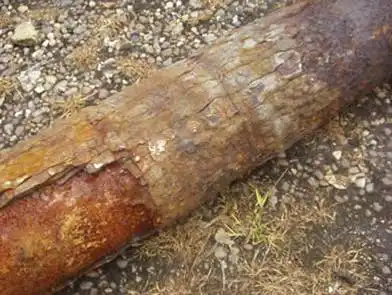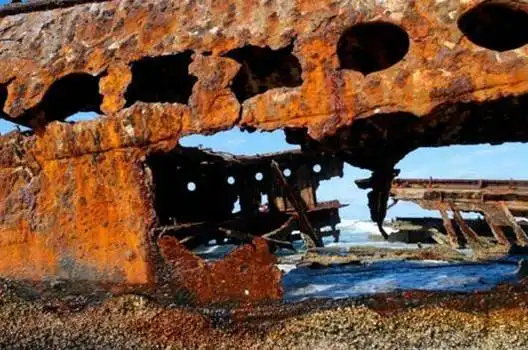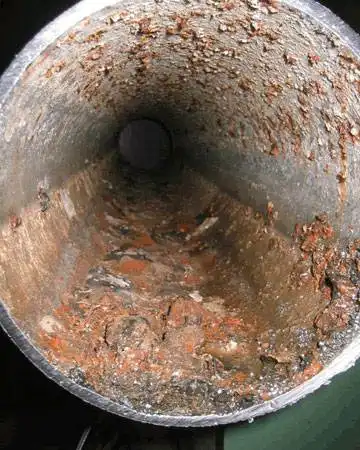Cathodic protection (CP) is a method of corrosion control that can be applied to buried and submerged metallic structures. It is normally used in conjunction with coatings and can be considered as a secondary corrosion control technique. Cathodic protection can, in some cases, prevent stress corrosion cracking.
Principle cathodic protection
The principle of cathodic protection is to prevent anodic sites occurring on the structure under protection by allowing the anodic reactions to occur on specially designed and installed anodes.
HISTORY:
- Cathodic protection was first described by Sir Humphry Davy in a series of papers presented to the Royal Society in London in 1824.
- Thomas Edison experimented with impressed current cathodic protection on ships in 1890, but was unsuccessful due to the lack of a suitable current source and anode materials.
- In the USA by 1945 the use of CP was commonly applied to the rapidly expanding oil and natural gas industry. In the UK CP was applied from the 1950s onwards and Cathodic Protection Company Limited was established in this period, pioneering it’s use in the UK.
- CP is now well established on a large variety of immersed and buried metallic structures as well as reinforced concrete structures, and provides effective corrosion control.
Discription:
- The simplest method to apply CP is by connecting the metal to be protected with another more easily corroded “sacrificial metal” to act as the anode of the electrochemical cell.
- The sacrificial metal then corrodes instead of the protected metal. For structures where passive galvanic CP is not adequate, for example in long pipelines, an external DC electrical power source is sometimes used to provide current.
- Cathodic protection systems are used to protect a wide range of metallic structures in various environments. Common applications are; steel water or fuel pipelines and storage tanks such as home water heaters, steel pier piles; ship and boat hulls; offshore oil platforms and onshore oil well casings and metal reinforcement bars in concrete buildings and structures. Another common application is in galvanized steel, in which a sacrificial coating of zinc on steel parts protects them from rust.
- Another method of protection impresses a small direct current on a structure.
Why is it important?
- Corrosion costs money.
- Corrosion of metals costs the USA economy almost $300 billion per year and it is estimated that one third of this value could be saved with better selection of corrosion prevention techniques, including cathodic protection.
- Our country has been losing around Rs 1.52 lakh crore every year owing to corrosion in various sectors, including infrastructure, utility services, production & manufacturing, and defence & nuclear waste.
Why does corrosion occur?
The corrosion of metals, in particular steel in an aqueous environment (which can be either soil or water), occurs because the metal interacts with the local environment. In the case of steel, man has mined iron ore and processed it into steel. However due to certain characteristics of the steel, it is
not ‘stable’ once in contact with an aqueous environment and interacts with the local environment in an attempt to return to its naturally occurring state. This process is corrosion.



